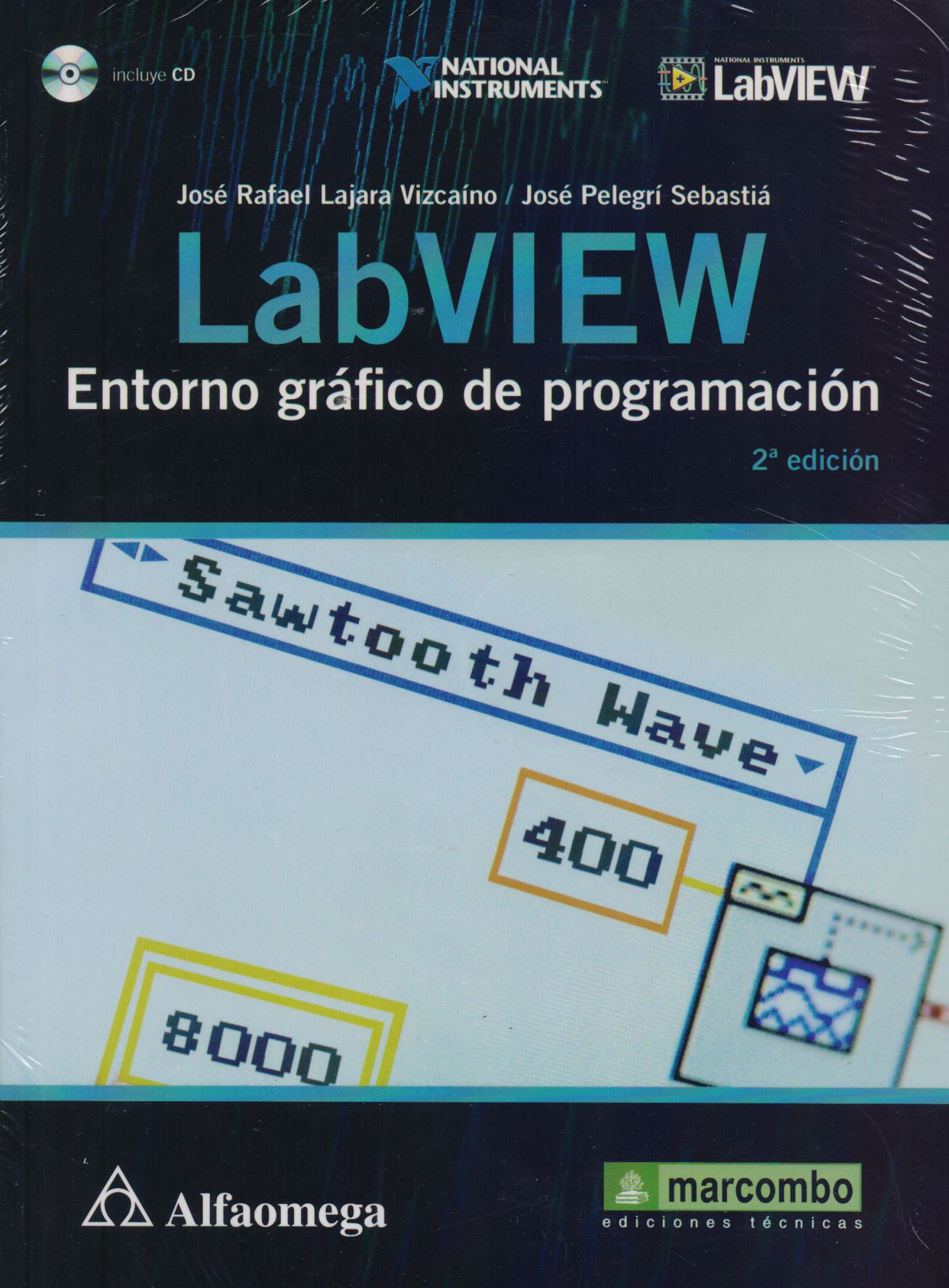Libros relacionados
 |
Computational Methods For Integrating Vision And Language Barnard, Kobus Morgan & Claypool Publishers |
 |
Datacenter Design And Management: A Computer Architect's Perspective C. Lee, Benjamin Morgan & Claypool Publishers |
 |
Ellipse Fitting For Computer Vision: Implementation And Applications Kanatani, Kenichi / Sugaya, Yasuyuki / Kanazawa, Yasushi Morgan & Claypool Publishers |
 |
Minitab Handbook: Updated For Release 16 Ryan, Barbara / Joiner, Brian / Cryer, Jonathan Cengage Learning Editores, S.A. de C.V. |
 |
Android: Programación de Dispositivos Móviles a Través de Ejemplos Amaro Soriano, José Enrique Alfaomega Grupo Editor S.A. de C.V. |
 |
Labview: Entorno Gráfico de Programación Lajara Vizcaíno, José Rafael / Pelegrí Sebastiá, José Alfaomega Grupo Editor S.A. de C.V. |


|
Título: Computing For Scientists: Principles Of Programming With Fortran 90 And C++ | |
| Autor: Barlow / Barnett | Precio: $1100.00 | |
| Editorial: John Wiley & Sons Inc. | Año: 1998 | |
| Tema: Computacion, Programacion, Sistemas | Edición: 1ª | |
| Sinopsis | ISBN: 9780471955962 | |
| Computing for Scientists focuses on the principles involved in scientific programming. Topics of importance and interest to scientists are presented in a thoughtful and thought-provoking way, with coverage ranging from high-level object-oriented software to low-level machine-code operations. Taking a problem-solving approach, this book gives the reader an insight into the ways programs are implemented and what actually happens when they run. Throughout, the importance of good programming style is emphasised and illustrated. Two languages, Fortran 90 and C++, are used to provide contrasting examples, and explain how various techniques are used and when they are appropriate or inappropriate. For scientists and engineers needing to write programs of their own or understand those written by others, Computing for Scientists:
* Is a carefully written introduction to programming, taking the reader from the basics to a considerable level of sophistication. * Emphasises an understanding of the principles and the development of good programming skills. * Includes optional "starred" sections containing more specialised and advanced material for the more ambitious reader. * Assumes no prior knowledge, and has many examples and exercises with solutions included at the back of the book. |
||
Librería Bonilla SA de CV © Todos los derechos reservados. 2019
Última actualización: Jul 2019




